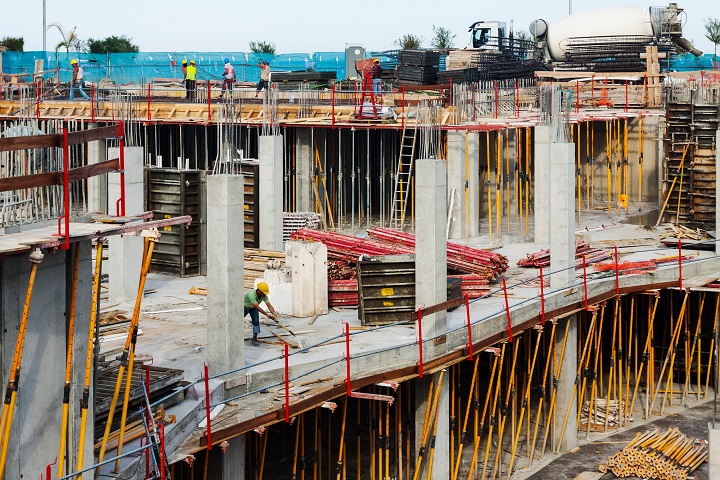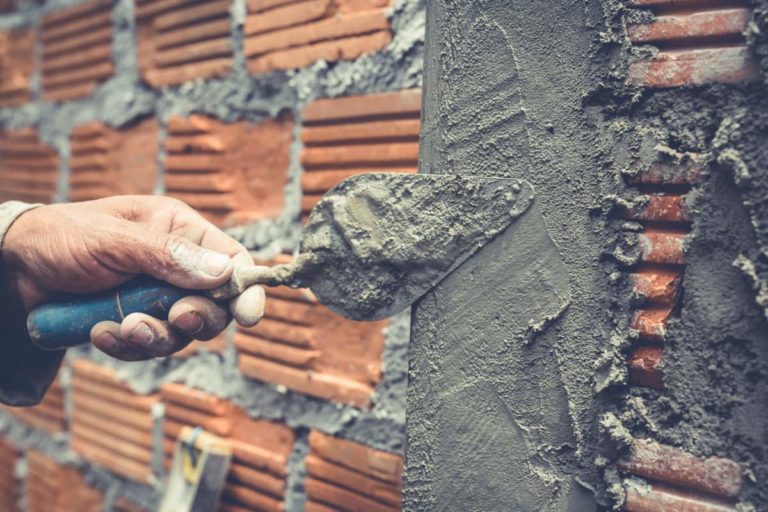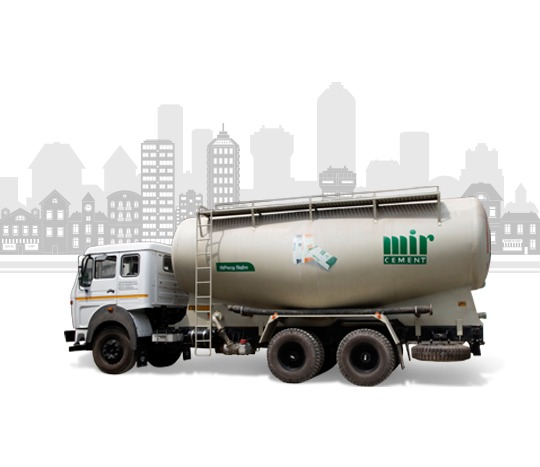How Many Cement Bags are Needed for a Cubic Yard?
Almost all types of construction work depend highly on cement’s usability. Even though it is hard to pinpoint the exact date of when cement was first used, it is believed that the Romans have used it in large-scale construction for millennia. Cement is not a building material in and of itself; instead, it is more of a binding material or an adhesive that sticks other materials together to create concrete.
If you plan to start your new construction project, it is a good practice to discuss with your contractor how much cement you will require. Cement can be purchased in bulk that is transported via trucks, or you can order cement bags. A cement bag usually contains 50KG of cement. However, smaller or larger bags can also be purchased depending on the manufacturer and availability.
Cement is purchased for preparing concrete. Hence, make sure how much cement you require before placing your order by discussing with your contractor.
Different Measurement Units
It is easy to get confused with all the different measuring units that contractors or manufacturers use to quantify things. For instance, in the USA, people use imperial units for measurement. The imperial units of measurements use ounce, pound, and stone for mass and inch, foot, yard, and mile for length. On the other hand, the metric system is the most common method of measurement worldwide. It is used in almost every other country, including Bangladesh. The metric units of measurements use milligram, gram, and kilogram for mass and millimeter, centimeter, meter, and kilometer for length. Hence, it is crucial to figure out which measurement units to use before placing your order. Ask your manufacturer which measurement units they usually follow. If you order measuring in the cubic yard and your manufacturer delivers in a cubic meter, it will create a massive mismatch of order and disrupt workflow.
Thus, measure either using the imperial or metric system. If your manufacturer delivers in different units than you estimated, you can follow this article to convert any of your measurements into your desired ones.
How Many Bags of Cement Do You Require Per Cubic Yard?
There are many different types of cement available in the market. The properties of cement vary depending on its composite ingredients. Ordinary Portland Cement is the most common type that is used in construction work. All kinds of Portland cement have the same amount of density. So, you can easily calculate how many bags of cement you require regardless of the cement variant.
In imperial or US customary measurement systems, the unit of density is measured in pounds per cubic foot. 1 cubic yard is equivalent to 27 cubic feet. The density of cement is around 94.0165 pounds per cubic foot (lb/ft^3). Hence, 1 cubic yard cement = 94 X 27 = 2538lb/yd^3.

Generally, a bag of cement is around 94lb or 43KG in the USA. Some other bags are found in 80lb and 60lb. So, the number of bags of 94lb cement in 1 cubic yard is 2538/94 = 27 bags. The number of bags of 80lb cement in 1 cubic yard is 2538/80 = 32 bags, and the number of bags of 60lb cement in 1 cubic yard is 2538/60 = 42 bags.
Source: Gambrick
Therefore, in the imperial system, 1 cubic yard of cement will require 27 bags of 94lb cement, 32 bags of 80lb cement, and 42 bags of 60lb cement.
On the other hand, cement is usually sold in 50kg bags in Bangladesh. The density of Portland cement is around 1440kg/m^3. It indicates that 1 cubic meter of cement will weigh around 1440kg. As a result, 1440/50 = 28.8 bags of cement will require 1 cubic meter of cement. As mentioned earlier, the density of cement in a pound is 94 lb/ft^3, and 1 cubic yard of cement = 2538lb/yd^3. We know, 50kg = 110.231lb. Hence, the number of 50kg or 110.231lb cement bags in 1 cubic yard is 2538/110 = 23. Therefore, you will need 23 50kg cement bags to fill 1 cubic yard of space.
How Can You Estimate Cubic Yards?
The amount of cement you require should be measured in terms of volume, not weight or strength. Accurate measurement of space will help you to prevent wastage of cement and increase work efficiency. Here is a guideline to assist you in determining the amount of cement you might require for your project.
- You will require three different measurements to calculate the volume of the space you want to fill with cement. First, measure the length, width, and height of the slab, footing, wall, etc., that requires cement. If the space has a complex geometry, divide the task into smaller sections and then add up all the measured values.
- Make sure to use standard units of measurement. You can always convert one measurement into another by following a ratio.
- In order to calculate the volume, simply multiply the measured length, width, and height.
- Generally, people use feet to measure any length in Bangladesh. If you multiply the three dimensions of length in feet, you get cubic feet. You can divide the cubic footage by 27, giving you the cubic yard.
- Remember always to purchase more cement than you think you will need. It accounts for some wastage or spills during transportation or delivery. You can order 5% – 10% more to account for wastage.
Measuring Chart
Here is a table containing proper measurement conversion ratios to help you convert from imperial to metric or vice versa.
| Metric to Imperial Units | |
| 1 meter | 1.094 yards |
| 1 meter | 3.281 feet |
| 1 meter | 39.370 inches |
| 1 cm | 0.3937 inch |
| 1 Liter | 0.26 gallon |
| 1 kg | 2.20 lbs |
| 1 gram | 0.035 oz |
| 1 cubic meter | 1.30 cubic yard |
Source: insight security
If you need to convert units from Metric to Imperial, you can simply multiply or divide accordingly.
Important Things to Remember
As mentioned earlier, cement is not directly used in construction work. It works as a binding material or key ingredient in making concrete. Concrete is a mixture of cement, water, and aggregates. The density of cement is different from the density of concrete. Hence, it would be best if you changed your calculations when working with concrete.
However, if you have already determined that you need a cubic yard of cement for your project, order 23 50kg of cement to fulfill the requirements.
Summary
Where can I order cement bags?
Ans: You can discuss with your contractor or search online for the best available cement brands.
What to do with extra cement bags?
Ans: If you have leftover cement bags after finishing your work, you can discuss with the supplier if they have a return policy.
How to make sure the cement bags are of good quality?
Ans: Being aware of checking the points on cement bags will help you in purchasing good quality cement.
Should I order the exact amount of cement I need for a project?
Ans: It is a good practice to order 5% – 10% more than you require to account for wastage or spillage.
Do all cement manufacturers in Bangladesh produce 50kg cement bags?
Ans: Almost every cement manufacturer in Bangladesh produces 50kg cement bags.







